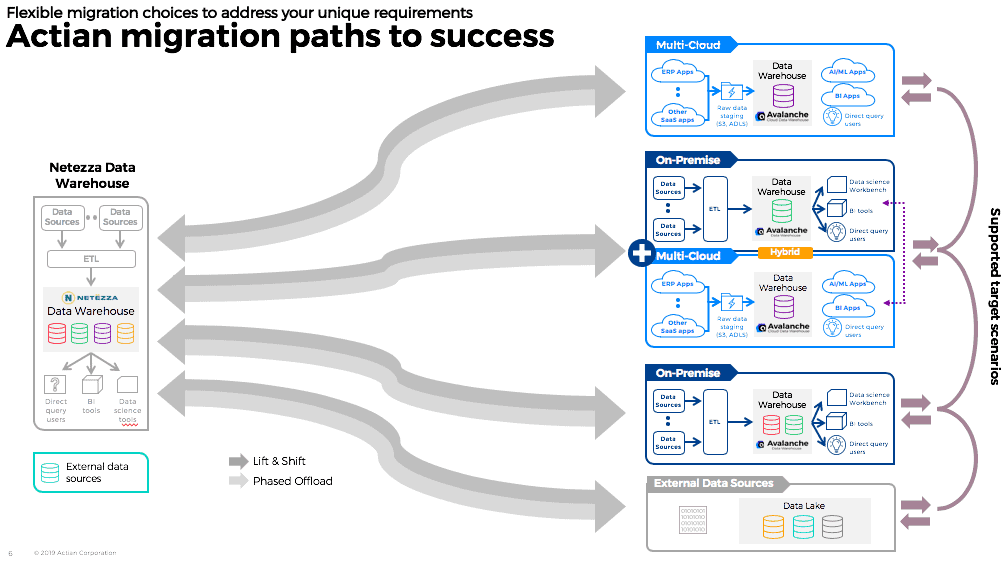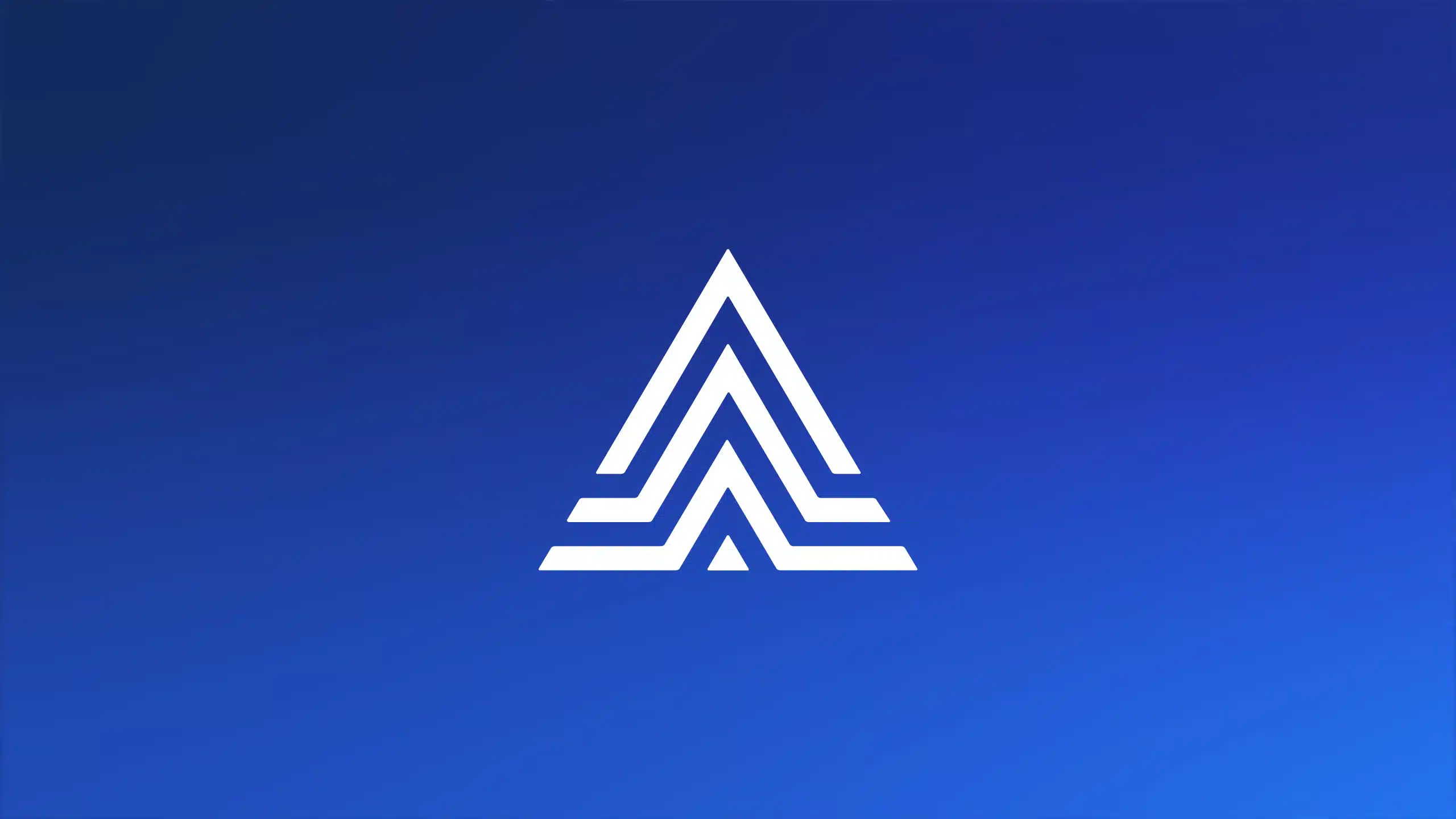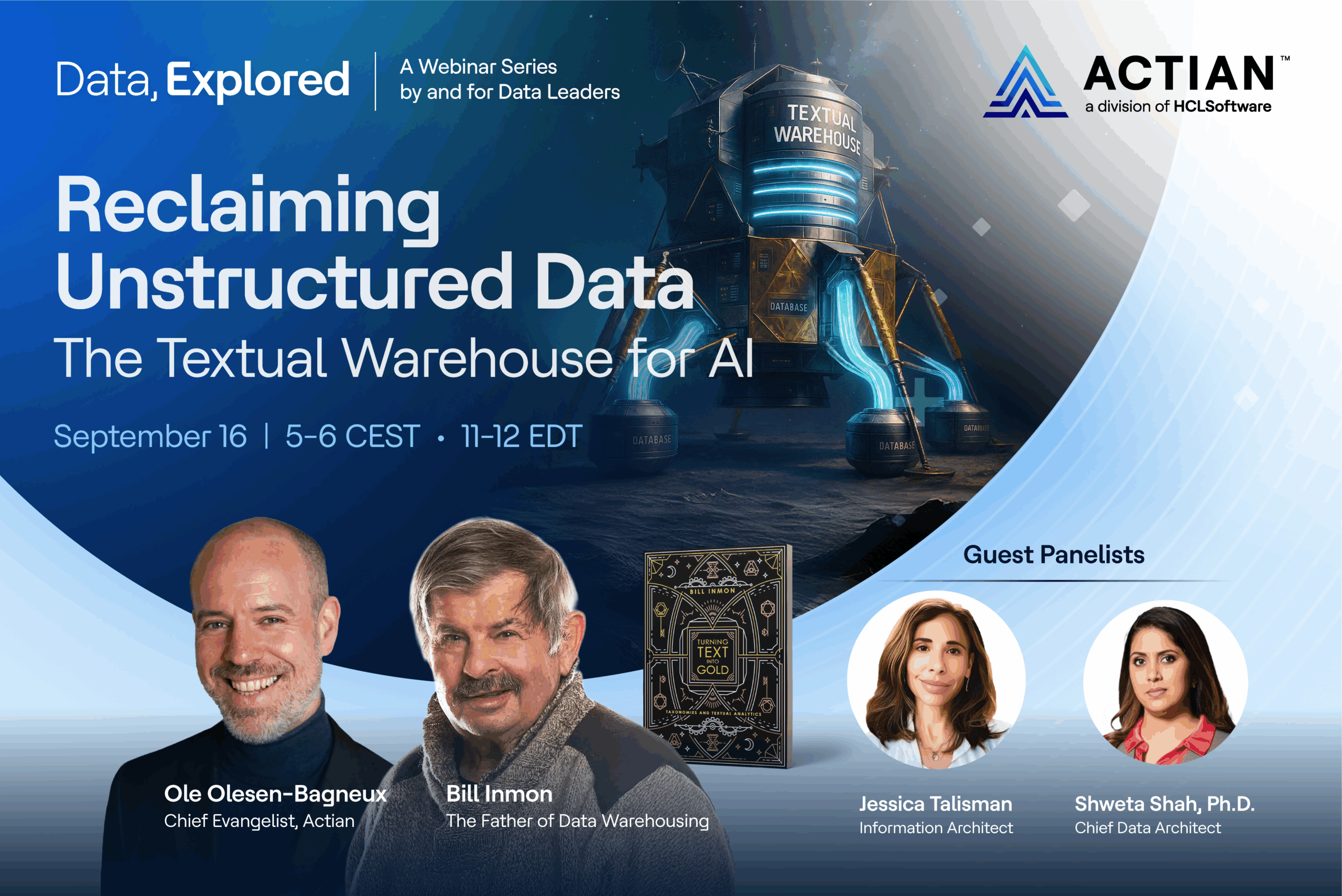Using a Cloud Data Warehouse to Support Localized Systems
Actian Corporation
August 7, 2019

Over the past few years, we’ve seen an increasing trend of regional governments applying unique restrictions and controls on where data is stored and how it is managed for users and businesses in their jurisdiction. The EU and Japan have recently imposed some strict rules about data export.
A cloud data warehouse can be an effective tool in helping your company remain compliant with regional regulations by keeping data within the region it was created.
Distributed Architecture of the Cloud
Cloud infrastructure is different from on-premises data centers in that it is inherently designed to support distributed systems. This could be either the replication of common capabilities to multiple regions or the localized deployment of specialized capabilities to a specific regional audience. Cloud management platforms include the tools to be able to define regions and effectively direct transactions (and data) to technical resources aligned with your unique business needs.
Separation of Applications and Data Stores
In the past, there was typically a 1:1 relationship between applications that users interact with and the databases where transactional data is stored. If you wanted to keep the data from one region localized in that region, you needed to create a new database and a new version of the application to connect to it. Modern cloud architecture changes that. You can now have a single application that is replicated globally and use routing rules to connect the application to different databases, either based on performance criteria or geopolitical rules.
The Impact of Data Localization Rules on Data Warehouses
One of the unique challenges that companies have faced when seeking conformance to data localization regulations is the need to not only store transactional data within the local region but also to control data being copied and exported outside of the source jurisdiction. This means that if companies want to perform deep analytics and data mining, they may need to do these activities in data warehouses that are in a specific region. When data warehouses were predominantly hosted on-premises, this was a costly proposition – acquiring a data center, standing up a data warehouse, operating it, and performing analytics within a specific region.
Data Warehouses in the Cloud
The cloud makes deploying localized data warehouses easier and cheaper than on-premises alternatives. The same cloud providers that are hosting localized applications can provision a data warehouse in-region with both the compute and storage capacity for performing business analytics and data mining. While the raw data is often export-controlled, there are often fewer restrictions (if any) on exporting the analytics and insights derived from data to decision-makers at a corporate headquarters in a different region. Companies can now distribute their data warehousing capabilities across the globe the same way they are distributing applications and transactional data stores, while at the same time retaining the ability to do high-performance processing and achieve centralized information insights.
Actian is the leader in hybrid data warehousing that span on-premises and multiple cloud platforms. Actian Data Platform provides a full-featured cloud data warehouse solution that can be deployed quickly – either globally or to a targeted region, helping your company achieve superior business value, fast time to market, and sustainable operational costs. To learn more, visit www.actian.com/data-platform.
Subscribe to the Actian Blog
Subscribe to Actian’s blog to get data insights delivered right to you.
- Stay in the know – Get the latest in data analytics pushed directly to your inbox.
- Never miss a post – You’ll receive automatic email updates to let you know when new posts are live.
- It’s all up to you – Change your delivery preferences to suit your needs.
Subscribe
(i.e. sales@..., support@...)












